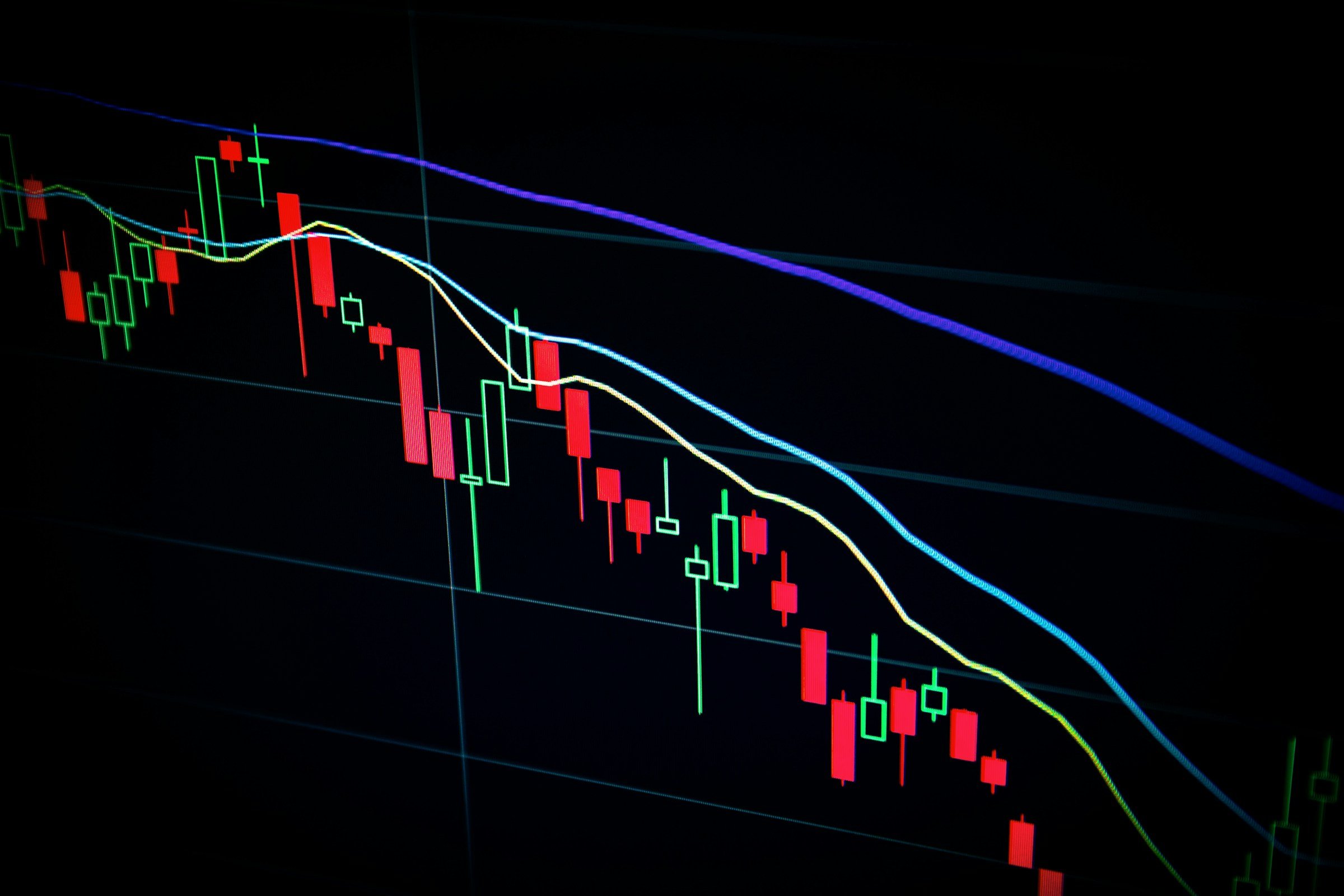NASDAQ premarket trading gives bold investors a unique chance to profit from fast-breaking news and events in the stock market. Occurring before the exchange starts its business day, the early trading window enables traders to quickly align their portfolios with recent developments before the primary market activity begins.
In NASDAQ premarket trading, volatility is a feature, not a bug. Conservative investors may — understandably — balk at the fluctuations that typify the premarket today. However, traders who are willing to withstand the advanced risk take advantage of pre-market indicators that can lead to big gains that customary trading doesn’t offer.
In this post, Gorilla Trades looks more closely at before-hours trading, including factors to look out for and how the NASDAQ premarket differs from other exchanges. You’ll also learn strategies to find NASDAQ premarket gainers and tips on optimizing your premarket trading efforts.

What Does the NASDAQ Premarket Look Like?
NASDAQ premarket sessions happen between 4:00 and 9:30 a.m. Eastern time before American stock exchanges open. As a comparison, the New York Stock Exchange (NYSE) premarket session starts at 7:00 a.m.
Like all NASDAQ trades, transactions occur electronically with no physical trading floors. NASDAQ premarket trading relies on electronic communication networks (ECNs) that connect potential buyers and sellers in both premarket and after-hours trading.
News updates are key to participation in premarket trading. Breaking news happens at all hours of the day, and premarket trading can be affected by political events around the globe — an important factor in early-hours stock trading.
Furthermore, corporations usually release quarterly earnings reports before or after market business hours. Premarket trading gives investors a chance to act on those reports before higher trading volume occurs during business hours.
Generally speaking, the NASDAQ exchange focuses on commodities that have more liquidity than other stocks. The exchange earned its reputation by listing tech-heavy and growth stocks rather than the blue-chip stocks the NYSE tends to favor.
As such, NASDAQ stocks are particularly affected by constant news updates and market fluctuations. However, only a fraction of investors participate in premarket trading. The lower volume in early-hours trading can result in lower liquidity, even in commodities that have higher liquidity overall.
Most premarket investors rely on limit trading. The investor picks an exact price at which they’re willing to buy or sell stock shares. The order to buy a stock is only executed when the price drops to or below a certain point. Conversely, a sell order only happens when the share price meets or exceeds a given minimum.
With limit orders, traders have more control over share prices. This could be an advantage during times of market volatility. However, traders have no guarantee that their limit orders will always be met, which creates a little uncertainty in NASDAQ premarket trading.
How Does One Read the NASDAQ Premarket?
The NASDAQ-100 Premarket Indicator is used to identify potential NASDAQ premarket movers. It measures the most recent sale prices of commodities in the NASDAQ-100 index to estimate opening prices when regular stock market activities begin.
Premarket scanning is a key component of NASDAQ early-hours trading. It involves monitoring several factors, including the following:
- The latest market news
- Overnight price changes
- Technical analysis
- Trading volume
- Asset liquidity
- Business sector evaluation
Scanning helps investors find early trade opportunities, manage risk, capitalize on fast-changing news, and wield market volatility as leveraging.
To maximize opportunities, NASDAQ premarket traders track reliable indicators like trading volume and individual stock price movements. It’s also helpful to monitor premarket futures and other indexes to get a better overview of market activity, current investor sentiment, and the latest stock trading trends.
Why Are NASDAQ Premarket Indicators Important?
What makes NASDAQ premarket indicators crucial to consider? For one thing, they give traders a leg up on vital information in advance of the stock market opening. Key info consists of details like potential price movements and prevailing market sentiment toward given commodities.
For another thing, premarket indicators consider trading trends and news that happen all over the world. These include foreign exchanges that are open during premarket trading. This additional information helps premarket traders make better, more informed trading decisions.
They can adjust their strategies to capitalize on events and expected trends. Also, premarket indicators generally reflect higher volatility and lower liquidity, which can offer insight into specific market reactions.
What Predictions Can You Make From the NASDAQ Premarket?
Investors can gain insight and make predictions on several aspects of the stock market during NASDAQ premarket trading, including:
- Price Gaps: Premarket indicators can reveal a big difference between closing prices from the previous day and the opening price before business hours
- Trends: Early price movements and volume shifts indicate the likelihood of future trends and price changes
- Volatility: Price fluctuations in premarket trading, however modest, can affect the stability and variance of trading activity
- Market Sentiment: The relatively relaxed trading volume and access to current news reports enable predictions about where the market is going
- News Reactions: Premarket indicators offer the ability to pivot based on breaking trading news from across the globe
Overall, NASDAQ premarket traders get a jump on daily market news that can give them an edge in regular trading sessions.
Tips On Using the NASDAQ Premarket
Here are a few important ways to take advantage of the NASDAQ premarket.
Keep an Eye on News
Premarket trading may not be high-volume, but there can be a large number of news updates from all over the world. Use reputable, balanced news sources to find out what’s happening right now.
Use Limit Orders
Limit orders are at the heart of the NASDAQ premarket. They help investors manage volatility and prevent them from undergoing too much financial loss.
Monitor Trading Volume
Trading volume in the NASDAQ premarket tends to be lower — but that’s by no means written in stone. Look out for commodities that are experiencing more transactions than others in the early morning hours. They may point to significant price changes during the regular trading session.
Follow Global Markets
International commodities are notably important to before- and after-hours traders for the simple reason that their business hours generally differ from those in North and South America. Pay close attention to what’s happening across the globe to identify potential investment opportunities.
Watch for Liquidity
NASDAQ premarket stocks tend to be less liquid. This is primarily because far fewer traders take part in premarket activity. Look out for stocks that appear to have higher trading volume, lower bid-ask spreads, and lower prices that could spur increases in movement.
React Cautiously
Above all, be vigilant and mindful about what’s happening in the NASDAQ premarket. All investors need to control their excitement or panic in market reactions. Trading based on emotions rather than analysis can be dangerous, especially in premarket sessions. Keep a cool head and make thoughtful, rational, and informed decisions.
Can the NASDAQ Premarket Make Me a Better Investor?
The NASDAQ premarket isn’t for everyone. Value investors may find it too speculative and risky to take part. Passive investors who prefer blue-chip companies less prone to breaking news might stay away, too. And let’s face it — some investors just can’t get up that early.
However, alert and sensible traders may find the NASDAQ premarket an effective means to shore up earnings and value in sudden growth. By sticking to rational decision-making, good judgment, and close monitoring, adventurous investors can find opportunities in the NASDAQ premarket that traditional investors may pass over.

Gorilla Trades: Top Picks in All Markets
Gorilla Trades finds the most promising stocks across all markets. To find out more, take advantage of our 30-day trial for free daily alerts and trading advice.




